
What Does E7 Mean on Electric Scooter? Easy Fixes
Seeing an E7 error code on your electric scooter can be frustrating, especially when you are ready to ride. The error usually means there is a malfunction somewhere in the scooter’s system, and the scooter is alerting you before further damage occurs. While the meaning of E7 can vary slightly between brands and models, it generally points to issues with the throttle, controller, wiring, or power supply. In some cases, it may also be caused by software glitches or environmental damage like water exposure.
Understanding the E7 Error Code on Electric Scooters

The E7 error code on an electric scooter is a diagnostic warning that signals a malfunction in the scooter’s electrical or communication system. In many cases, it relates to issues with the controller, throttle connection, or wiring between the motor and control board. Depending on the scooter brand, the error may indicate slightly different problems, but it generally points to a disruption in how the scooter processes signals from its key components.
When this error appears, riders may notice sudden power loss, difficulty accelerating, or the scooter refusing to start altogether. Some models might even shut down automatically to prevent further damage. Because the meaning of the E7 code can vary by manufacturer, checking your scooter’s manual is essential for accurate troubleshooting. By identifying the cause early, you can avoid costly repairs and ensure your scooter stays reliable on every ride.
General E7 Error Code Causes and Fixes
1. Throttle Malfunction
-
Cause: The throttle is the rider’s main control over speed. Over time, dust, wear, or internal wiring faults can cause it to malfunction. Dropping the scooter or exposing it to rough handling can also damage the throttle mechanism.
-
Symptoms: When the throttle is faulty, you may notice that it feels stiff, fails to respond smoothly, or doesn’t respond at all when you press it. The scooter might stay still even when the display shows it is powered on.
-
Fix: Start by checking if the throttle lever moves freely. If there is no improvement, replacing the throttle is often the most reliable solution. Some models allow for simple plug-and-play throttle replacement, while others require partial disassembly.
2. Loose or Damaged Wiring
-
Cause: Scooters are exposed to vibrations, bumps, and occasional impacts during rides. These stresses can loosen connections or damage wiring insulation. If the display and the controller can’t communicate properly, the scooter triggers an E7 error.
-
Symptoms: The scooter may refuse to start, cut power unexpectedly, or fail to move when the throttle is engaged.
-
Fix: Open the scooter’s deck or handlebar stem to inspect the wiring. Ensure that connectors between the throttle, display, and controller are tight. If you see frayed or burnt wires, they should be replaced. In many cases, simply securing a loose connector clears the error.
3. Controller Failure
-
Cause: The controller is the “brain” of the scooter, directing signals from the throttle to the motor and regulating power flow. Excess heat, water exposure, or electrical surges can damage the controller’s circuits.
-
Symptoms: The scooter may behave erratically—accelerating inconsistently, stopping suddenly, or refusing to power on even with a fully charged battery.
-
Fix: If wiring and throttle checks do not resolve the problem, the controller may be defective. Replacing the controller with a manufacturer-approved part usually restores normal function. This repair can be more complex and may require professional help if you are unfamiliar with scooter electronics.
4. Battery Issues
-
Cause: Batteries degrade with age and use. Over time, their ability to hold charge diminishes, and they may develop internal faults. Poor charging habits or using the wrong charger can also damage the battery.
-
Symptoms: You may notice power fluctuations, sudden drops in speed, or the scooter failing to power on at all. Sometimes the scooter turns on but shuts down under load.
-
Fix: First, check the charging system to ensure the battery is getting proper voltage. Use a multimeter to test the battery’s health. If it shows weak or unstable output, replacement is the best long-term fix. Always choose a battery designed for your scooter’s model to avoid compatibility issues.
5. Firmware Glitches
-
Cause: Like smartphones, electric scooters rely on firmware to manage functions. Outdated or corrupted firmware can trigger false error codes.
-
Symptoms: The E7 code persists even after checking physical components, and the scooter may not respond to normal troubleshooting.
-
Fix: Reboot the scooter and perform a factory reset if available. Check the manufacturer’s website or app for firmware updates. Updating the scooter’s software often clears stubborn E7 errors that have no mechanical cause.
6. Water Damage
-
Cause: Many scooters are not fully waterproof. Riding in rain, through puddles, or storing the scooter in damp environments can let moisture reach sensitive electronic parts.
-
Symptoms: Erratic performance, such as sudden acceleration, delayed response, or complete failure of the system. In some cases, water causes short circuits that permanently damage parts.
-
Fix: Immediately turn off the scooter and avoid charging it until it’s fully dry. Remove accessible parts like the deck cover to air out the components. Use silica gel packs or a dry, ventilated space to remove moisture. To prevent future damage, avoid wet conditions or use protective covers.
Tips to Avoid the E7 Error on Electric Scooters
-
Schedule Routine Inspections
Checking your scooter’s throttle, wiring, controller, and motor regularly helps catch problems before they become serious. Look for loose cables, wear and tear, or unusual noises. Preventive maintenance reduces the risk of sudden E7 error codes and extends your scooter’s lifespan.
-
Keep Firmware Up to Date
Since many e-scooters run on smart firmware, outdated software can cause glitches like the E7 error. Always install the latest updates via your scooter’s mobile app or official website to ensure smooth communication between components.
-
Store in a Safe Environment
Exposure to moisture, rain, or extreme heat can damage sensitive electronics. Always store your electric scooter in a cool, dry place and avoid leaving it outdoors. Using a waterproof cover adds an extra layer of protection against weather damage.
-
Avoid Exceeding Weight Capacity
Overloading your scooter places extra strain on the motor and electrical system, increasing the risk of error codes. Stick to the manufacturer’s recommended weight limit and avoid carrying heavy loads to keep the motor and controller in good condition.
-
Choose Reliable Parts and Accessories
When replacing parts like the throttle, controller, or battery, use original or high-quality alternatives. Cheap, low-grade components are more likely to fail and can trigger recurring E7 errors on electric scooters.
-
Protect Against Water and Moisture
Even if your scooter is water-resistant, avoid riding through heavy rain or deep puddles. If it does get wet, dry it thoroughly before your next ride or storage. Preventing water damage is one of the best ways to stop short circuits and errors like E7.
Additional Error Codes Often Found on E-Scooters
|
Error Code |
Meaning |
Recommended Action |
|
E2 |
Motor wiring issue |
Inspect motor phase wires for wear, breakage, or loose connections. Replace the controller if problem persists. |
|
E3 |
Electronic brake malfunction |
Check the electronic brake handle and wiring. Replace the brake handle if it isn’t functioning correctly. |
|
E5 |
Low voltage protection |
Fully recharge the scooter. If the error remains, test and replace the battery if necessary. |
|
E6 |
Communication cable error |
Reseat all dashboard and controller cables. Replace the communication cable if the error continues. |
|
E8 |
Controller failure |
Replace the faulty controller to restore scooter performance. |
|
E10 |
Dashboard/display connection issue |
Reseat dashboard wiring and controller connectors. If unresolved, replace both the display and controller. |
|
E11 / E12 / E13 |
Motor phase current sensor fault |
Inspect motor and controller wiring. Replace the controller if connections are fine but the error remains. |
|
E14 |
Throttle malfunction |
Test if throttle returns to neutral. Reseat its cable, and replace the throttle if still faulty. |
|
E15 |
Brake lever malfunction |
Ensure the brake lever resets correctly. Reconnect the cable or replace the lever if necessary. |
|
E16 |
Hall sensor connection problem |
Check and secure the motor-to-controller Hall sensor connection. Replace the motor wheel if issue persists. |
Don’t have an Electric Scooter yet? Check Out iHoverboard
|
Spec / Model |
|||||||
| Image |  |
 |
 |
 |
 |
 |
 |
|
Motor Power |
800 W (rear-wheel) |
800 W (rear-wheel) |
1000 W |
1200 W (rear-wheel) |
2000 W (dual motor) |
1250 W (peak) / 1000 W rated |
800W |
|
Max Speed |
25 mph (40 km/h) |
28 mph (45 km/h) |
28 mph (45 km/h) |
28 mph (45 km/h) |
38 mph (60 km/h) |
32 mph (≈52 km/h) |
28 MPH |
|
Range |
18–25 miles (30–40 km) |
25–28 miles (40–45 km) |
31–34 miles (50–55 km) |
30–37 miles (50–60 km) |
50 miles (80 km) |
31–34 miles (50–55 km) |
31 miles |
|
Battery |
48V 10Ah (480 Wh) |
48V 15Ah (720 Wh) |
48V 15Ah (720 Wh) |
48V 17.5Ah (840 Wh) |
48V 17.5Ah (840 Wh) |
48V 15.6Ah (748.8 Wh) |
48V 12.5 Ah |
|
Charging Time |
6–7 hrs |
6–8 hrs |
5–7 hrs |
7–9 hrs |
7–9 hrs |
6–8 hrs |
Not listed |
|
Tires |
10" pneumatic off-road |
10" pneumatic off-road |
11" pneumatic off-road |
11" pneumatic off-road |
10" tubeless off-road |
10" air-filled all-terrain |
10" off-road (listed) |
|
Suspension |
Dual front & rear (4 pts) |
Dual front & rear |
Dual front & rear (4-arm) |
Dual front & rear |
Dual front & rear |
Dual-arm suspension |
Not listed |
|
Brakes |
Dual disc + E-ABS |
Disc + E-ABS |
Triple braking (disc + E-ABS) |
Front disc; rear disc + E-ABS |
Dual disc + electronic |
Dual disc + E-ABS |
Not listed |
|
Water Resistance |
IP54 |
IPX4 |
IPX4 |
IPX4 |
IPX4 |
IPX4 |
Not listed |
|
Weight (net) |
48.5 lbs (22 kg) |
57.4 lbs (26 kg) |
60 lbs (27.3 kg) |
54.9 lbs (24.9 kg) |
65.4 lbs (29.7 kg) |
59.5 lbs (27 kg) |
49 lbs (22.3 kg) |
|
Load Capacity (max rider) |
264 lbs (120 kg) |
330 lbs (150 kg) |
330 lbs (150 kg) |
330 lbs (150 kg) |
330 lbs (150 kg) |
330 lbs (150 kg) |
Not listed |
|
Climbing Angle / Hill |
20–25% |
20–25% |
20–25% |
up to 35% |
25% |
30% |
Not listed |
|
App / Connectivity |
Yes (Minirobot APP, Bluetooth) |
Yes (Minirobot APP, Bluetooth) |
Yes |
Yes (NFC + app features listed) |
Yes (dashboard; app not specified) |
Yes (Circooter Club APP) |
Not listed |
|
Special Features |
3-step folding, LCD + app, 4 suspensions, ambient lights |
LED dashboard, cruise, turn signals, 3-step folding |
4 riding modes, 3-sec folding, adjustable handlebar, ambient lights |
NFC keyless unlock, magnesium frame, 2-step folding, ambient lights |
Dual/single motor modes, long range, magnesium frame, multiple modes |
Fast accel (15 mph in 3s), 6061 aluminium frame, IPX5 display, all-around lighting |
LED display, anti-slip pedal, bright lights, easy fold & carry |
|
Price (sale) |
£428.99 |
£458.99 |
£499.99 |
£589.99 |
£745.99 |
£619.99 |
£429.99 |
Conclusion
The E7 error code on electric scooters is a common issue that usually signals a communication problem between the scooter’s key components, such as the throttle, controller, or wiring. While it can seem alarming, most causes are easy to diagnose and resolve with basic checks, resets, or part replacements. By performing regular maintenance, keeping firmware updated, and protecting your scooter from water or overloading, you can significantly reduce the chances of running into the E7 error or similar codes.
If the problem persists after troubleshooting, don’t hesitate to reach out to a certified technician or your scooter’s manufacturer. Addressing errors promptly not only restores performance but also ensures safe and reliable rides every time.





































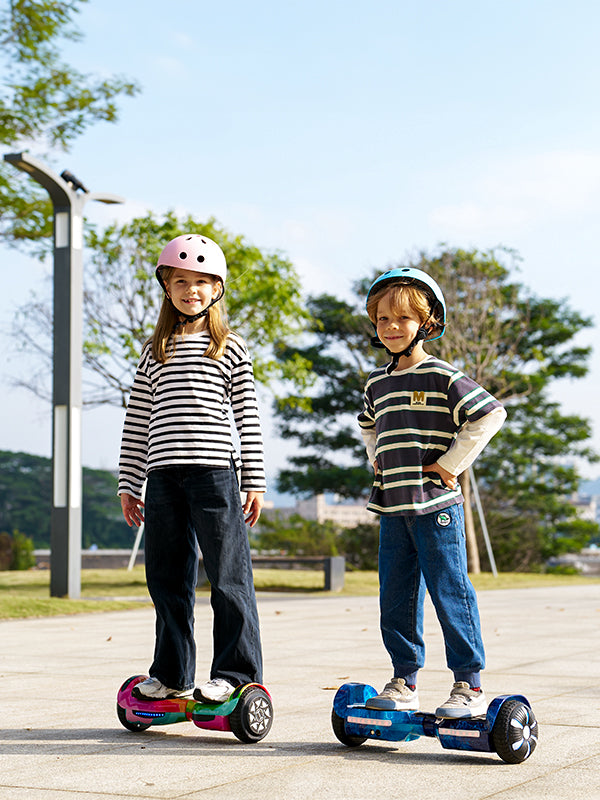




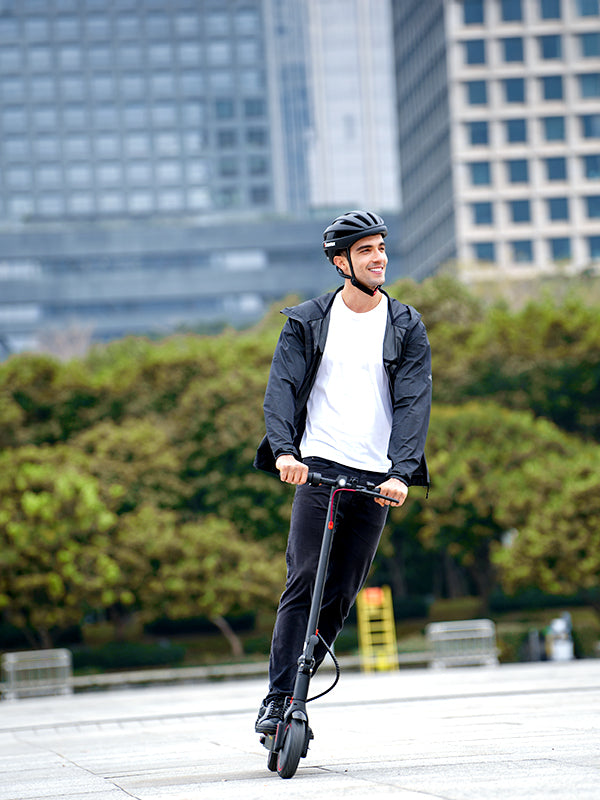


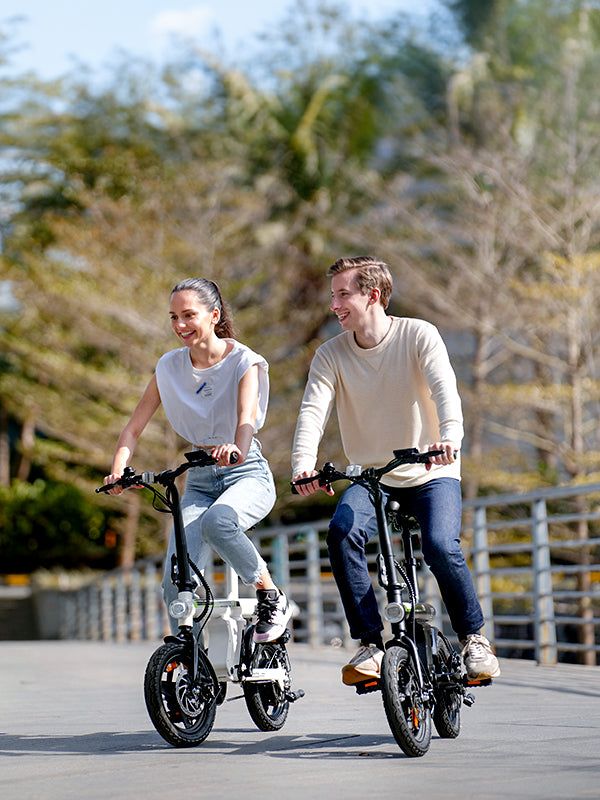

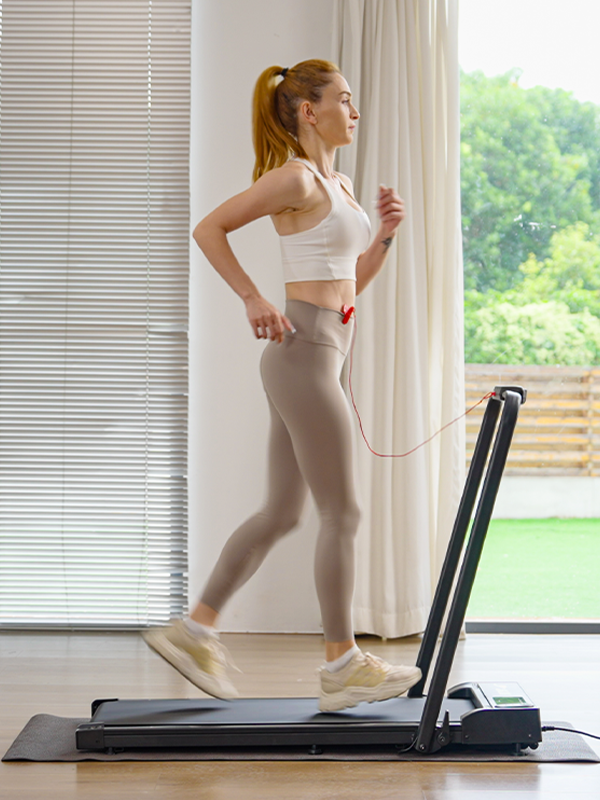





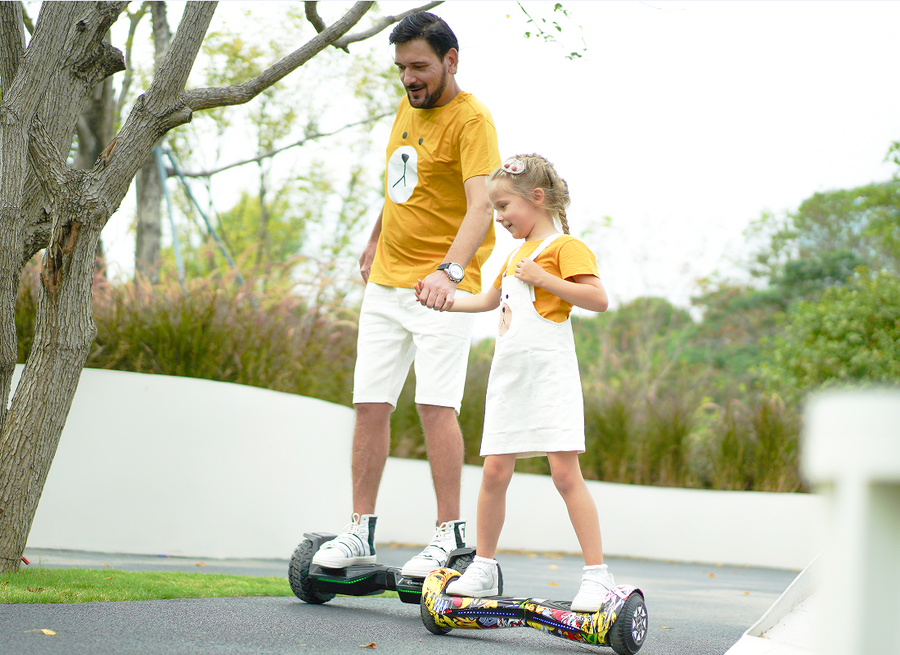
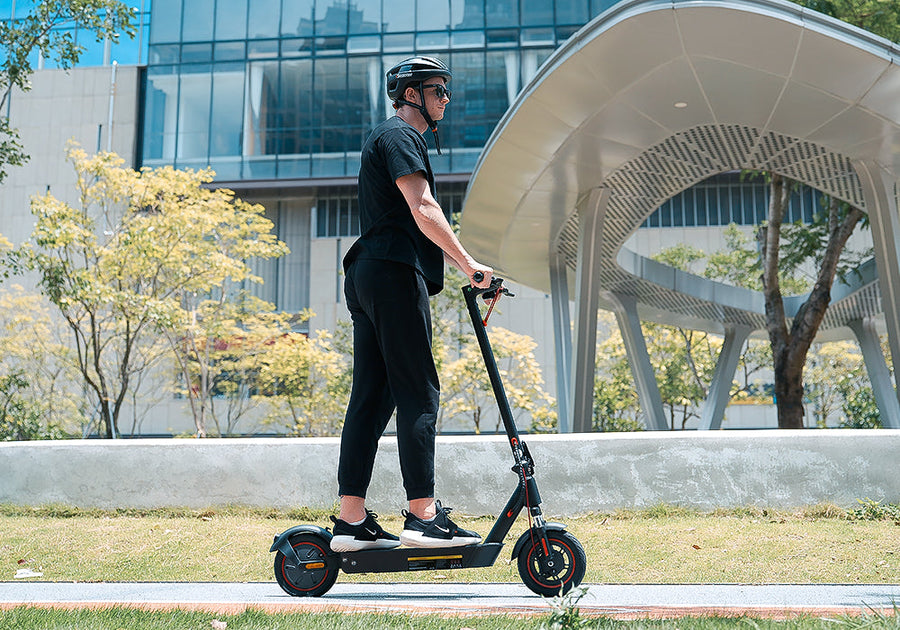

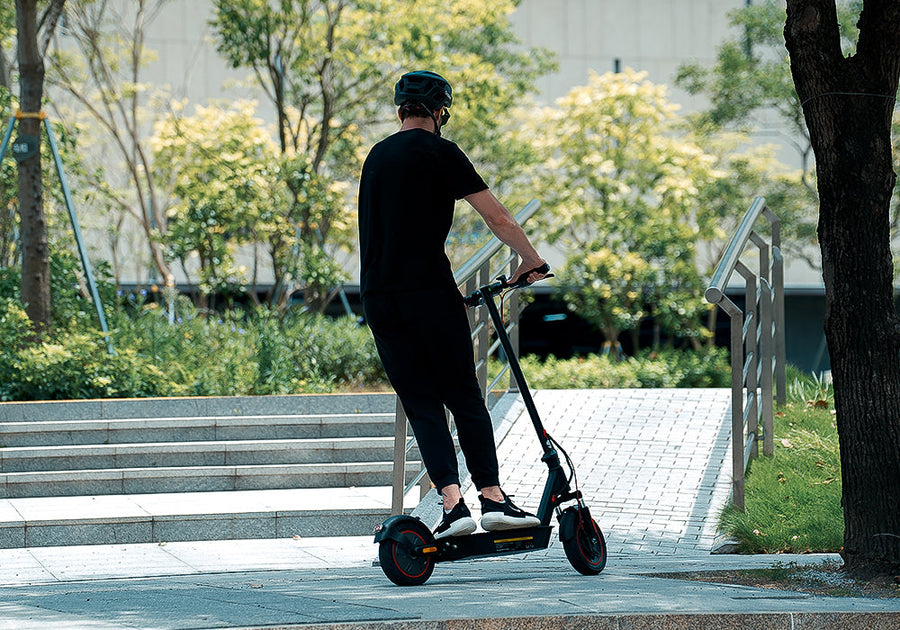


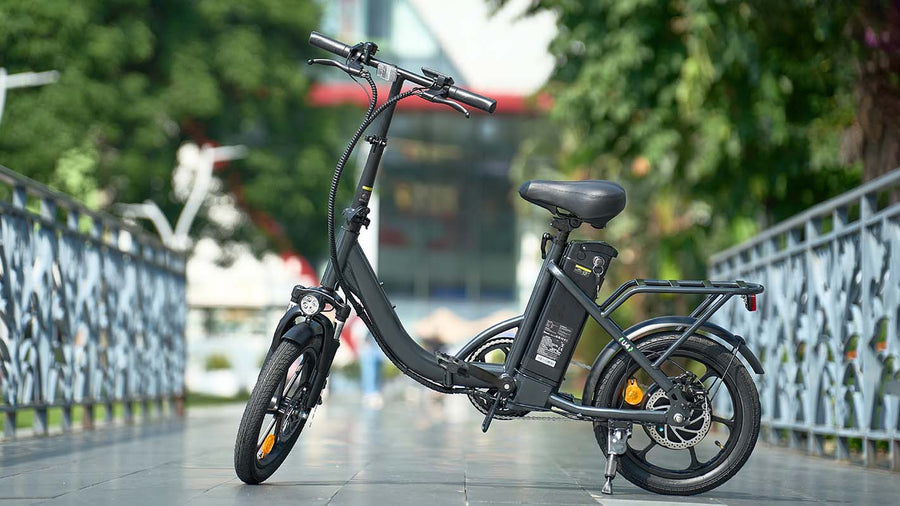

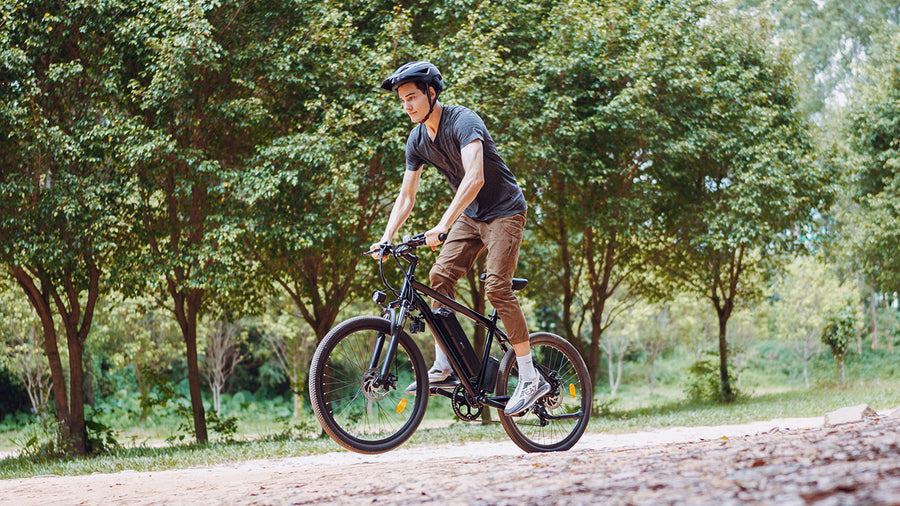







Still, need help? Contact Us: support@ihoverboard.com
What's the option? Check out the option now!
Leave us a message